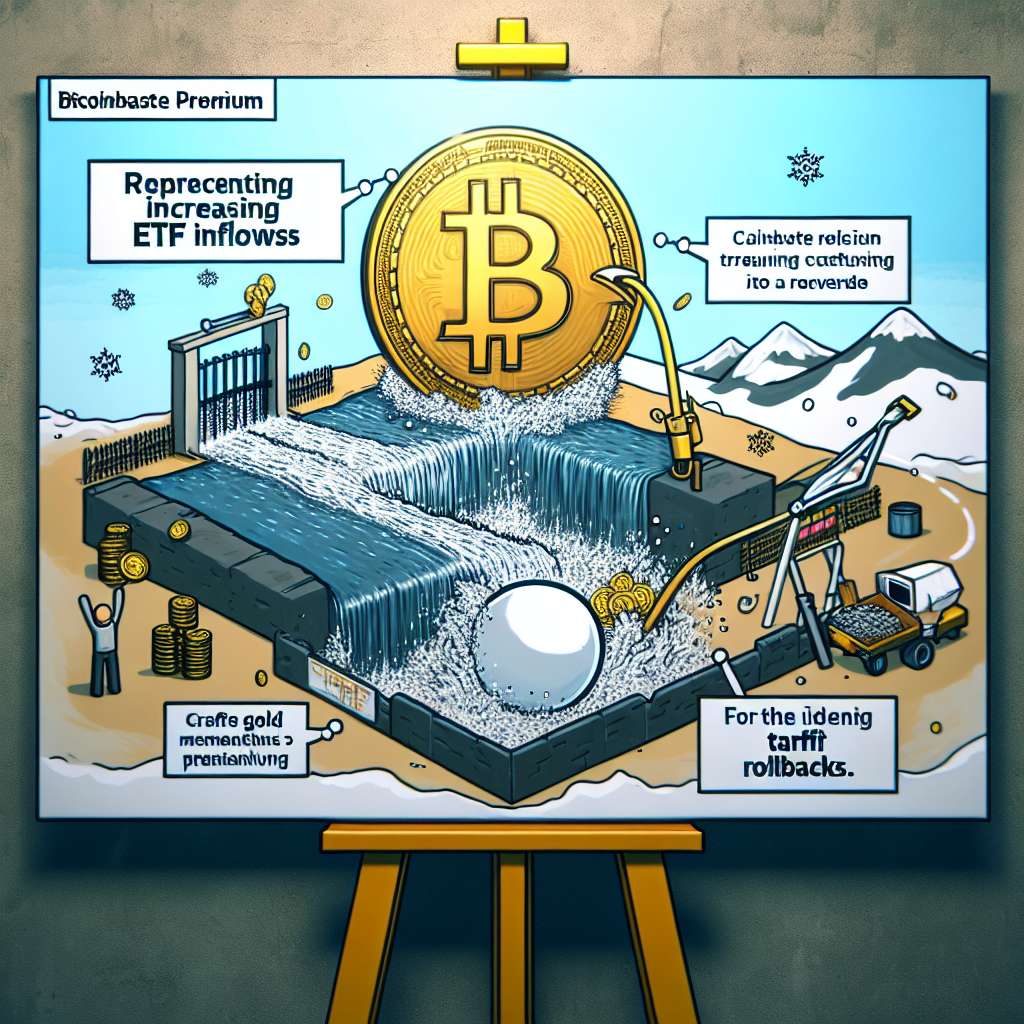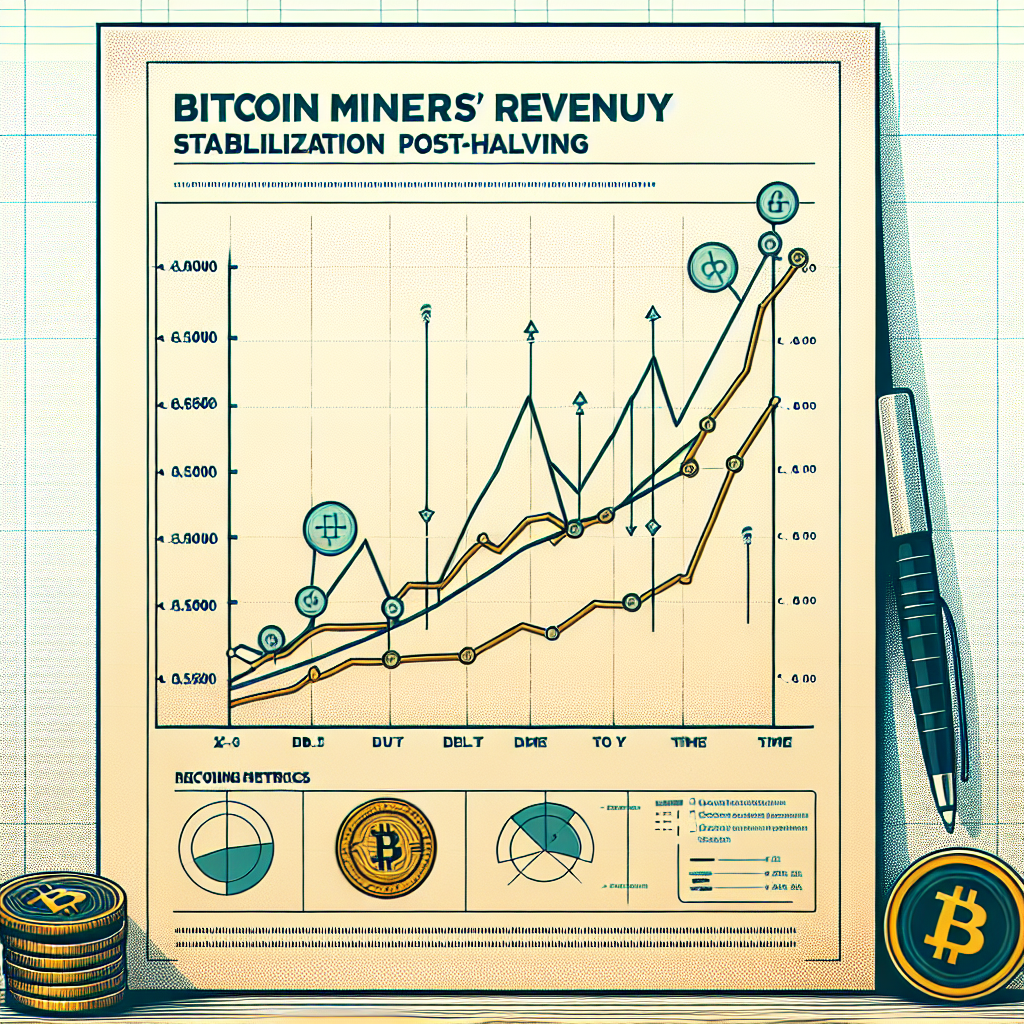
Ethereum’s mainnet—the Layer 1 (L1) backbone of the second-largest blockchain in the world—just experienced a financial chill: its transaction fee revenue dropped sharply in Q1 2025.
The Numbers
According to data from multiple analytics platforms, Ethereum L1 generated significantly less revenue from gas fees in the first quarter of 2025 compared to the previous year. The decline is attributed to:
- Increased adoption of Layer 2 (L2) solutions like Arbitrum, Optimism, and Base.
- Technological upgrades that made on-chain computation more efficient.
- A broader market shift toward low-cost DeFi ecosystems.
L2s Eat L1’s Lunch
What was once Ethereum’s cash cow—gas fees—has now become its Achilles’ heel. As users migrate to L2s for cheaper and faster transactions, L1 is no longer the central hub for high-volume activity.
This isn’t a glitch. It’s a structural realignment.
Protocols like Arbitrum One, Optimism, and zkSync are processing millions of transactions daily at a fraction of the cost. With their rollup-based architectures and improving UX, L2s have essentially hollowed out the core economic engine of Ethereum L1.
Is This a Problem or a Progress?
That depends on who you ask.
- For decentralization maxis: It’s a problem. A thinner fee base may compromise network security if validators aren’t adequately compensated.
- For ecosystem optimists: It’s an evolution. Ethereum L1 becomes the settlement layer, while L2s take over execution.
- For investors: Mixed signals. Lower revenue could imply reduced long-term value capture, but greater scalability and UX may boost network usage overall.
Final Thoughts
Ethereum is learning what every maturing tech does: scale eats margins.
As L2s siphon away fee revenue, Ethereum L1 is being pushed into its next phase—not as the main marketplace, but as the final court of digital truth.
Whether this is long-term brilliance or financial cannibalism remains to be seen. But one thing’s clear:
The age of the monolithic blockchain is ending—and Ethereum is leading its own disruption.




